Notes:
- The paper was published at 2009, prior to VMAF developed
- Good HVS-correlated metrics (like MOVIE) are unable to provide real-time measurement of video quality, since they are too complex.
- DMOS = MOS_pristine – MOS_compressed
- It’s worth mentioning that almost all visual quality algorithm (incl. VMAF) doesn’t model temporal masking effects (e.g. the scene-cut masking). The score of each frame is measured independently from the score of previous and next frames. However, the human visual system does not work in that way.
- In subjective quality assessment there is one problem (in my opinion, it’s rarely mentioned in technical literature) – the same stimuli typically do not receive the same rating by all the observers, the diversity in scores inevitably exists in any subjective rating process. Therefore averaging of scores is applied to get MOS (or DMOS). However, if inter-observer differences are high then the average or median of scores get less informative. Indeed, if MOS is high, we usually do not know from this single value how many observers are actually dissatisfied with the video quality.
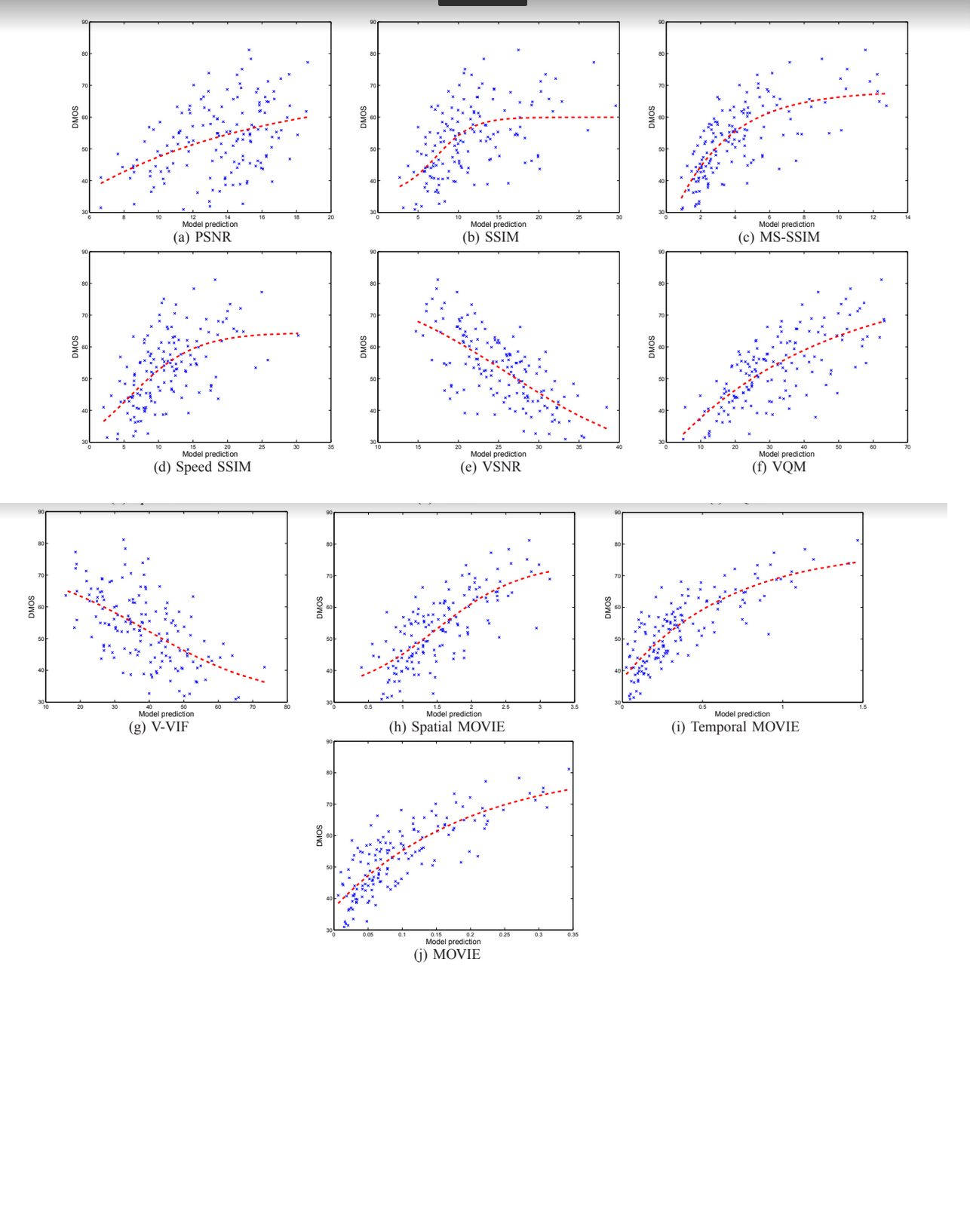

23+ years’ programming and theoretical experience in the computer science fields such as video compression, media streaming and artificial intelligence (co-author of several papers and patents).
the author is looking for new job, my resume

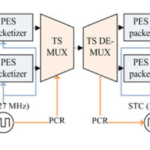


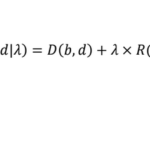
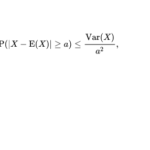
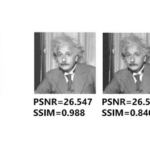
Thankyou for this post, I am a big big fan of this internet site would like to continue updated.
Hey very cool site!! Guy .. Beautiful .. Amazing .. I’ll bookmark your web site and take the feeds also?KI’m glad to seek out so many useful information right here within the post, we need develop extra strategies on this regard, thank you for sharing. . . . . .
This blog is definitely rather handy since I’m at the moment creating an internet floral website – although I am only starting out therefore it’s really fairly small, nothing like this site. Can link to a few of the posts here as they are quite. Thanks much. Zoey Olsen
i don’t understand. if you wish you are welcome to use any my content in your site.
if you wish me to put a link to your site, i can do it, provided that your site is non-profitable (communicate with me via slavah264@gmail.com).
As a Newbie, I am constantly browsing online for articles that can help me. Thank you
Write more, thats all I have to say. Literally, it seems as though you relied on the video to make your point. You definitely know what youre talking about, why throw away your intelligence on just posting videos to your site when you could be giving us something informative to read?